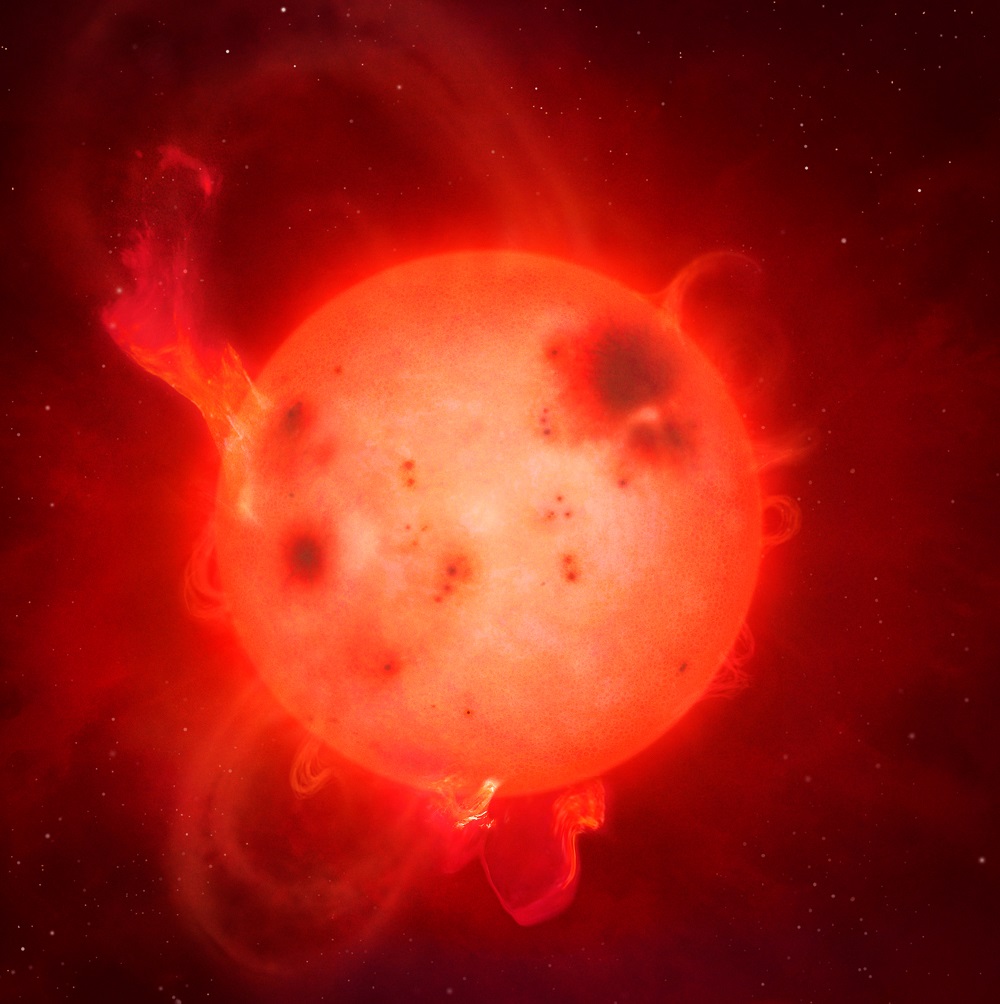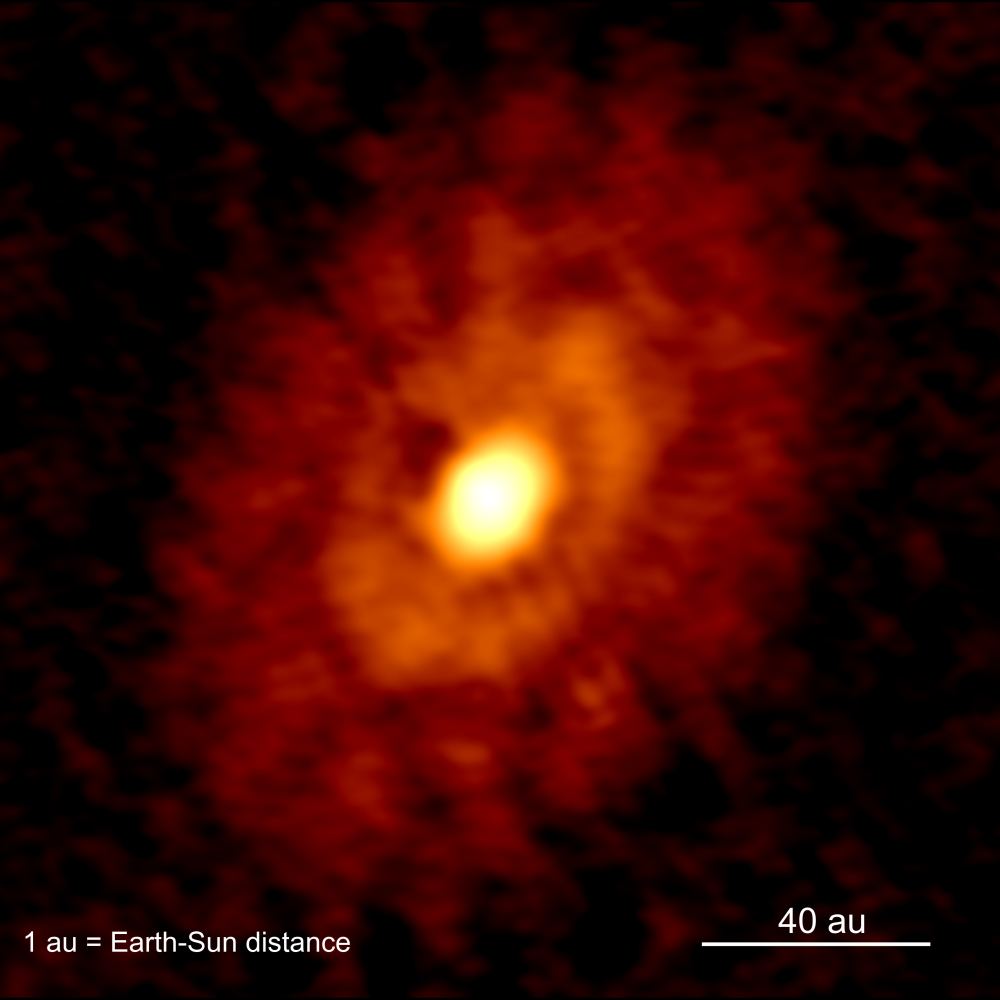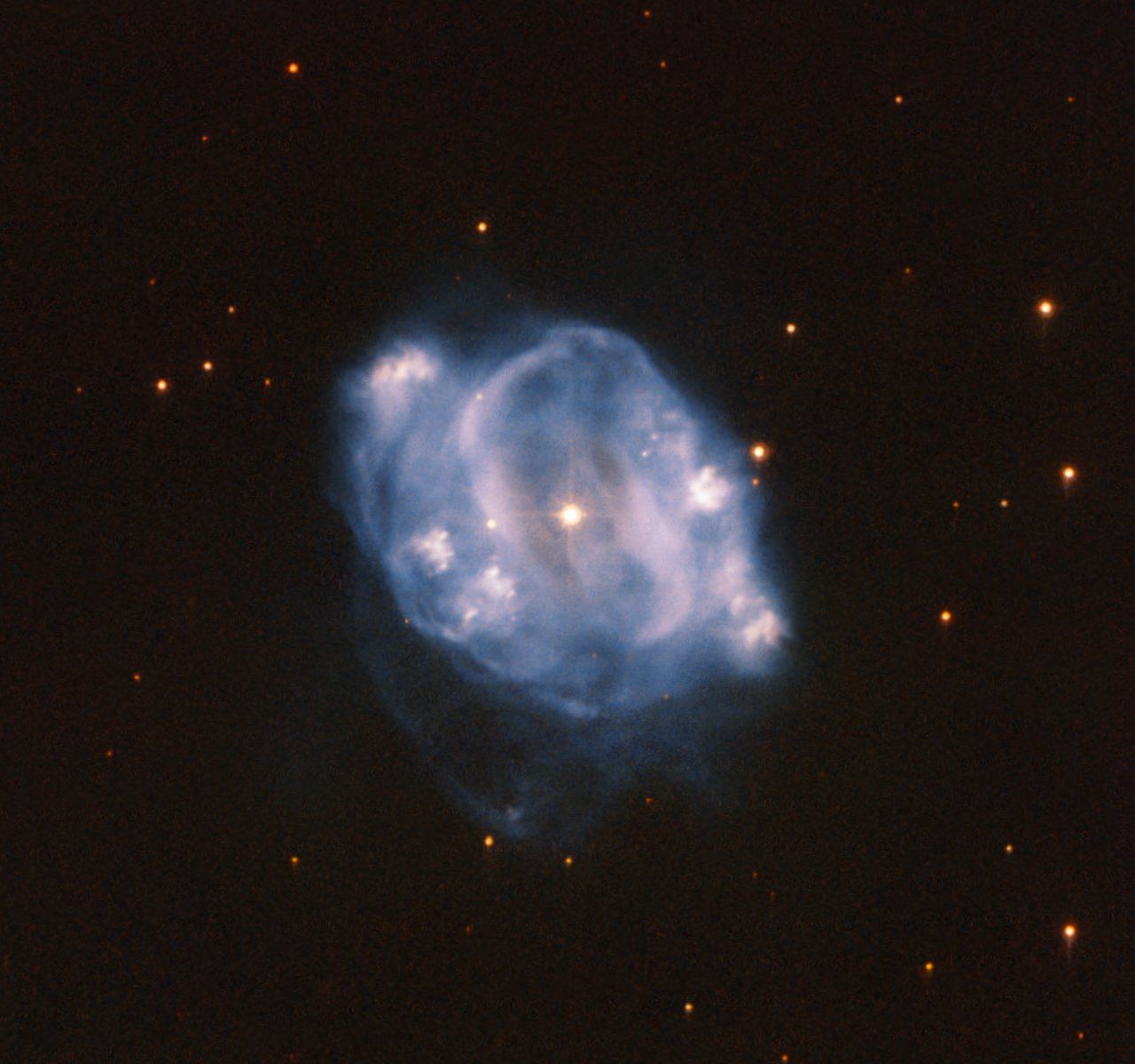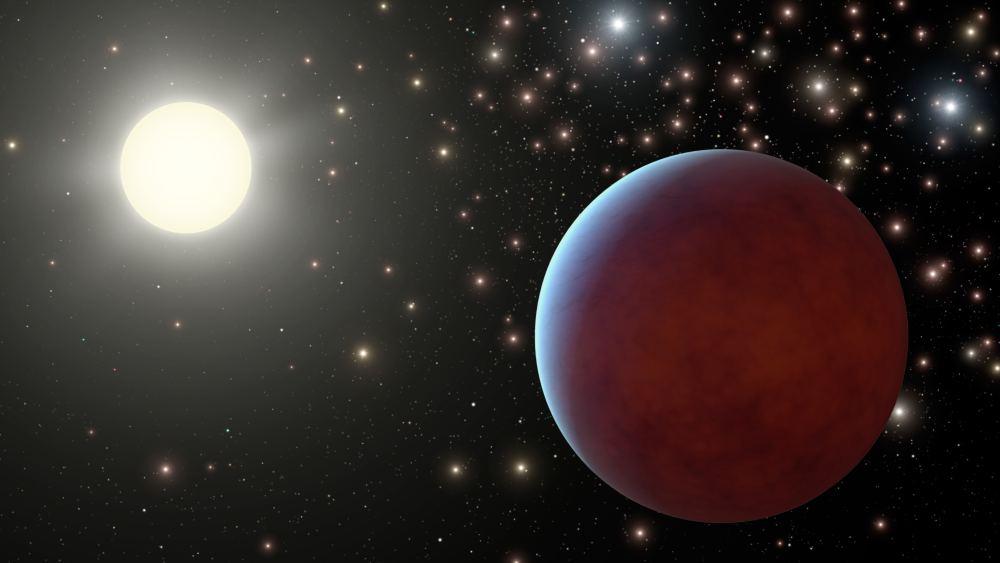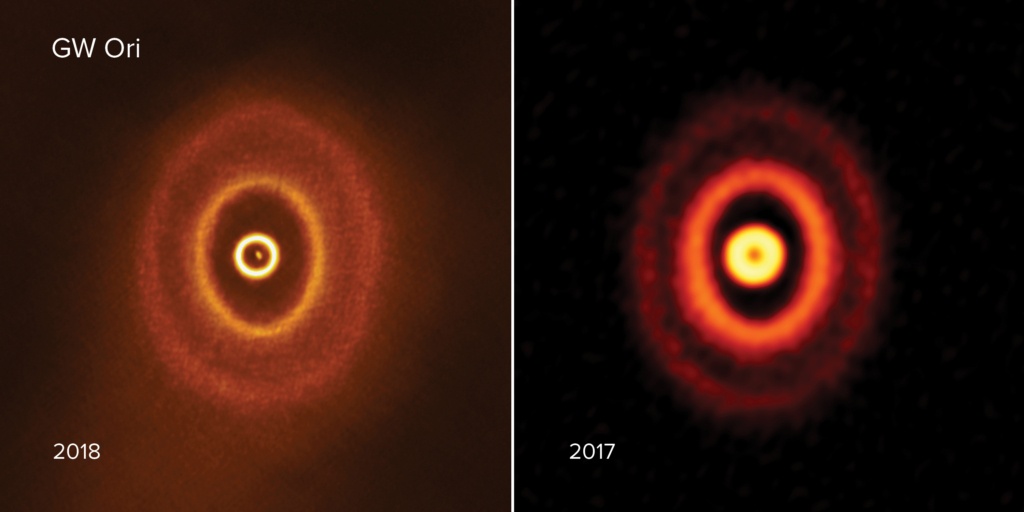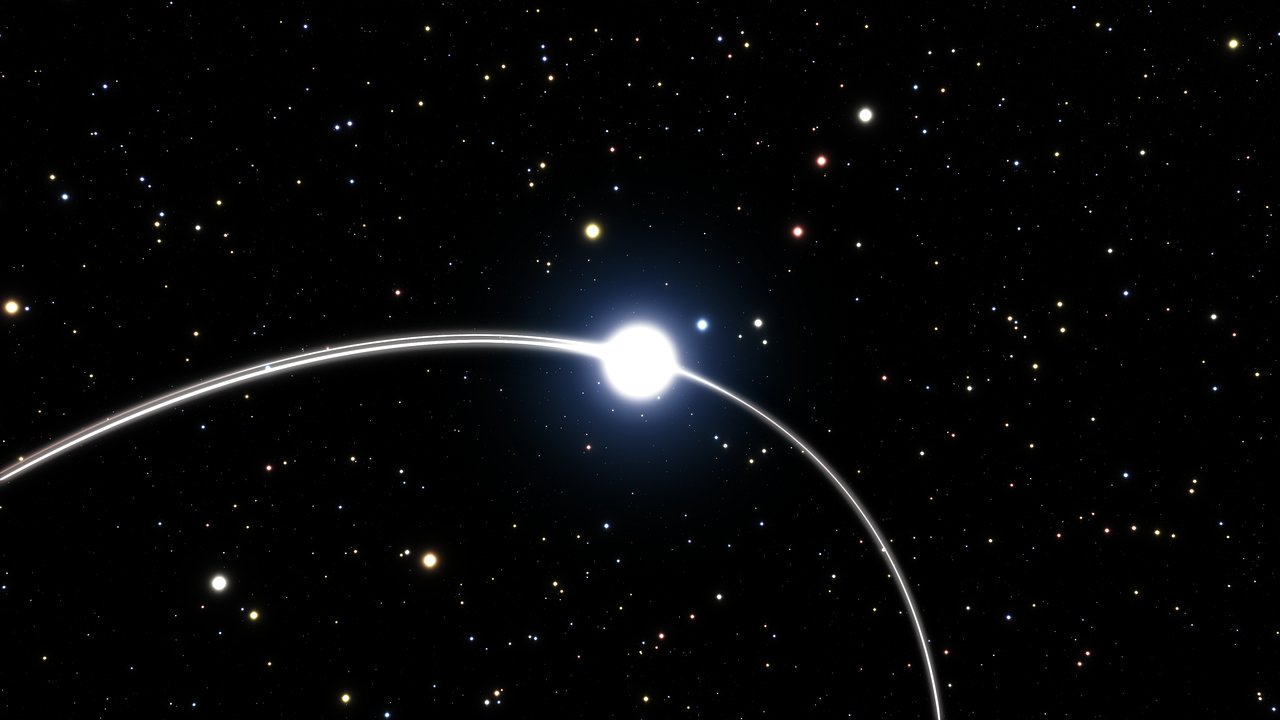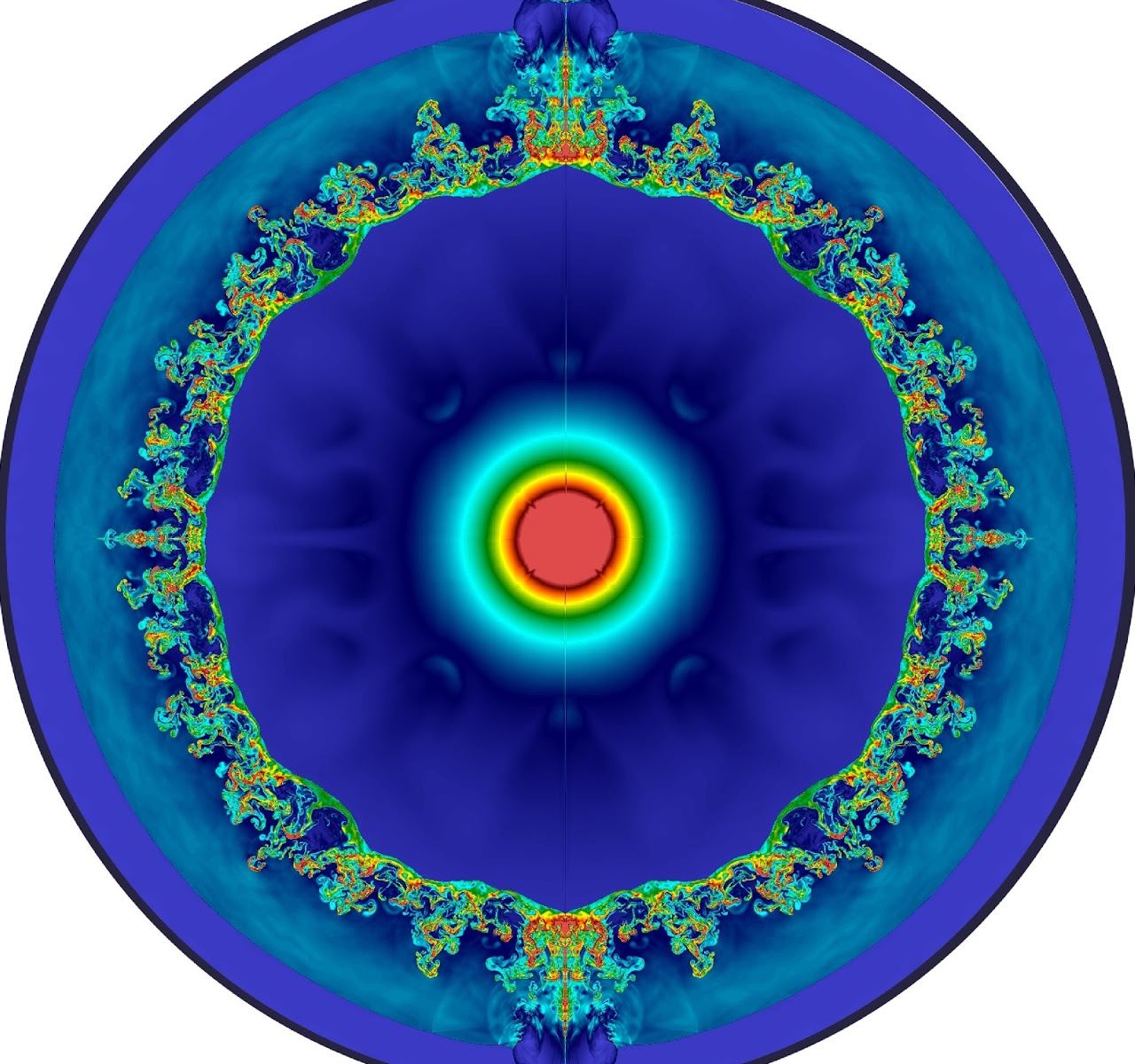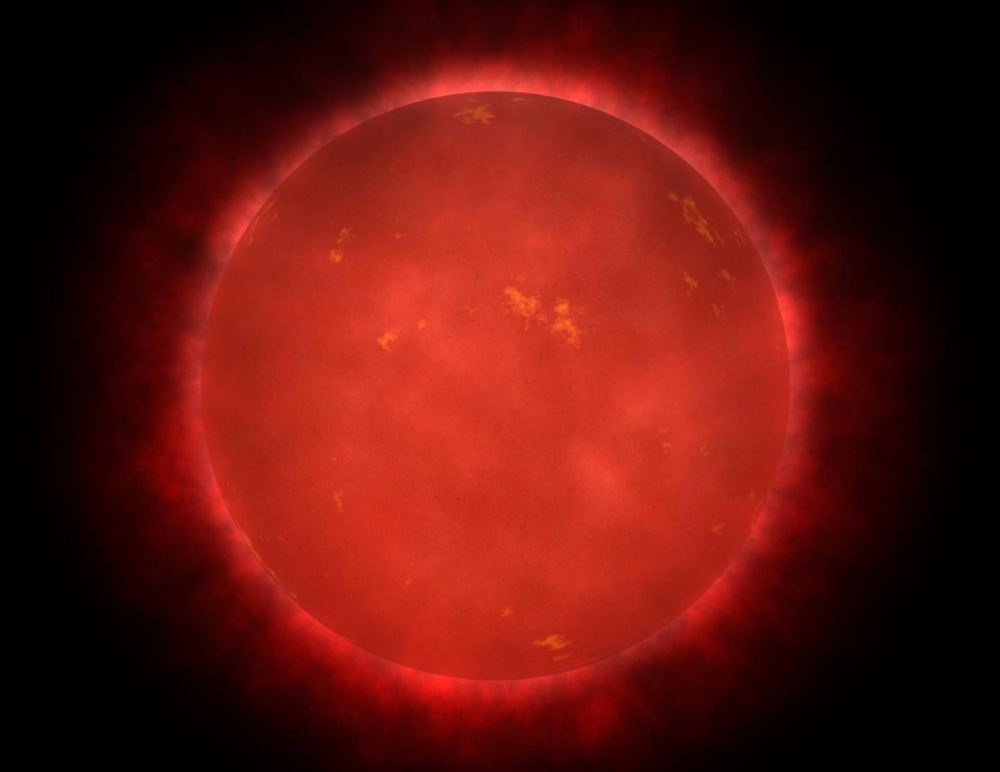Star’s can be full of surprises; some of them nasty. While our own Sun appears pretty placid, science has shown us that’s not the case. Coronal mass ejections and solar flares are the Sun’s angry side.
And the Sun has only a mild case of the flares, compared to some other stars.
Continue reading “Just How Bad are Superflares to a Planet’s Habitability?”
